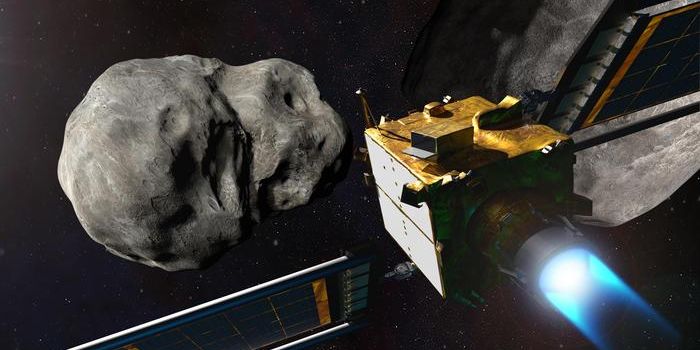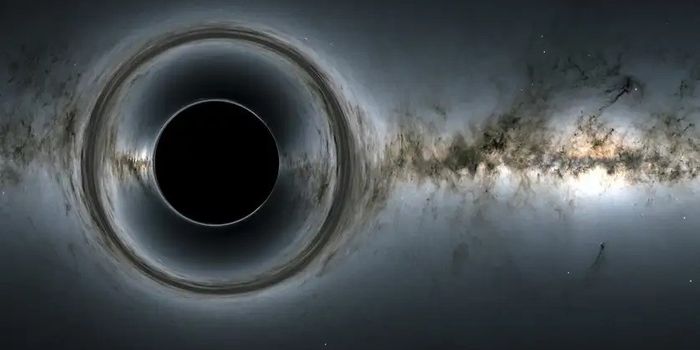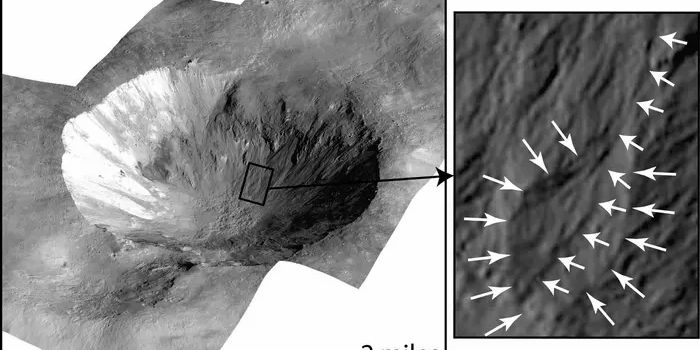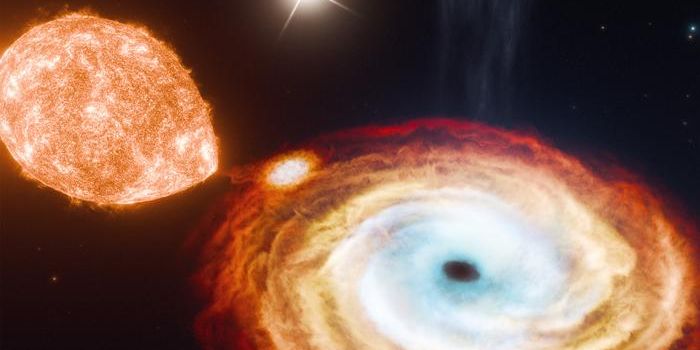One of the most captivating parts of astronomy is studying distant stars and comparing them to our own, which brings us to one of the most critical aspects of this research: what makes a blue supergiant star tick?
Blue supergiant stars are some of the universe’s most massive and hottest-burning stars, and because they burn so hot, they tend to fizzle out in about a tenth of the time as a cooler star like our Sun. On the other hand, blue supergiant stars are also particularly fascinating because their surfaces seem to ‘twinkle.’
Astronomers have long tried to explain why these stars exhibit this twinkling effect, but observations conducted with NASA’s Kepler K2 satellite and TESS spacecraft may have revealed one of the mechanisms responsible for this: internal gravity waves (not to be confused with the gravitational waves that LIGO frequently observes).
Indeed, the surface of these massive and hot stars is being warped by the incredible gravitational forces happening inside the star, and these pulsations cause the star’s surface to ‘warp’ and ‘shimmer’ with time. Astronomers have effectively observed these stars and produced models to detail this process, and as it would seem, the math adds up.
Astronomers are always trying to learn more about these intriguing stars, and perhaps by understanding these internal processes, we can devise more accurate hypotheses and better understand the universe around us.








